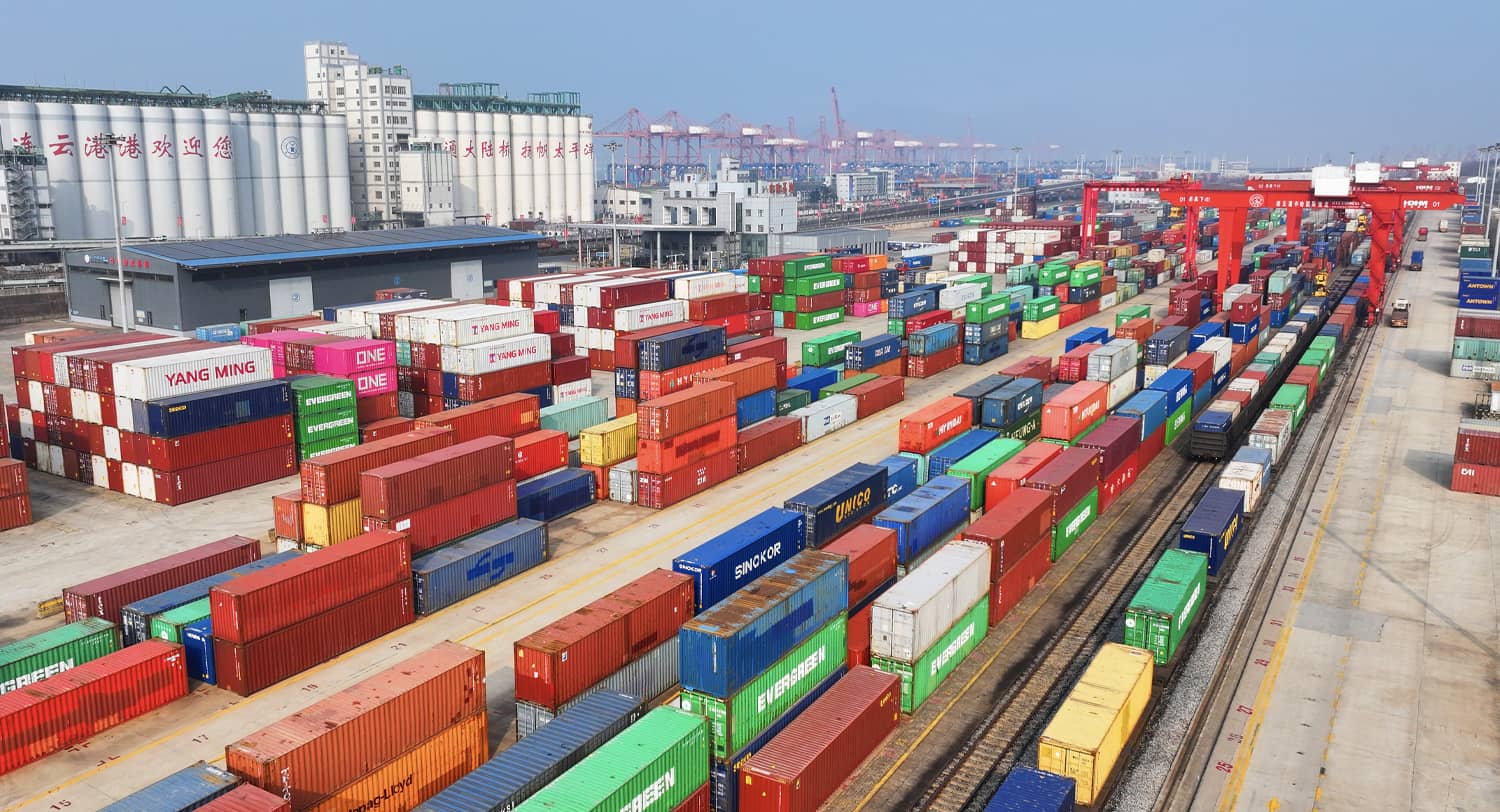The Trans-Caspian International Transit Route or “Middle Corridor” is Central Asia’s best bet for increasing connectivity and economic ties to the West. But Kazakhstan, the corridor’s hub, faces internal challenges like price competitiveness and external threats like climate change and geopolitics.
The Middle Corridor stretches from western China across the vast Kazakh steppe and the Caspian Sea, then across the mountainous South Caucasus countries, and splits in two on the way to Europe via Turkey and the Black Sea. The route is a shorter distance than the northern rail corridor across Russia or the southern maritime route that sails through the Indian Ocean and Red Sea. Yet the trans-Caspian’s relatively numerous transshipment points—from rail and road transport to maritime back to rail and again back to maritime—make trade logistics challenging.
Moscow’s 2022 invasion of Ukraine made the Middle Corridor a more popular transport route for shippers who wanted to avoid moving goods through Russia. From 2021 to 2022, container volumes increased 33 percent across the Caspian Sea. Demand so far exceeded capacity in 2023 that high costs and wait times due to logistical inefficiencies actually caused a slight dip in 2023 cargo volumes.
Kazakhstan in particular was able to mitigate the shipping bottlenecks, resulting in more than 4.5 million tons of container cargo across the Caspian in 2024. Perhaps most significantly, the Kazakh government claims its ports have capacity to handle 6.1 million tons, plenty of headroom in which to process greater container volumes. As volumes have picked back up, transit times are now down across the entire route. A recent study found it took 30 days to transit goods from central China to Germany via the Middle Corridor. That’s down from the 2022 peak of 50 days it took to transit between eastern Kazakhstan and southern Romania, a considerably shorter distance.
Increasing capacity and decreasing transport times, combined with a major uptick in Western interest in critical minerals and supply chain security, have added further momentum to the Middle Corridor’s development. Kazakhstan is rich in rare earth elements and critical minerals necessary for the next generation of energy transition. Indeed, the transport of minerals and metals from Central Asia to Europe may be the best use case for the route as an Asia to Europe conduit, rather than a regional hub for China-to-Europe trade. Kazakhstan exports could reduce Beijing’s influence on Middle Corridor throughput. A win-win for the West and for Caspian countries like Kazakhstan leery of an overreliance on China.

Nevertheless, the challenges to the Middle Corridor are significant. Climate change is disproportionately affecting Central Asia. President Kassym-Jomart Tokayev noted at the Astana International Forum that temperatures in Central Asia are rising twice as fast as the world average; water reserves are lower and Caspian Sea levels are receding at a startling rate. These put direct pressure on the viability of the Middle Corridor. Falling Caspian Sea levels make it more difficult for larger ships to dock and transport volumes at scale. Mining, too, is an exceedingly water-intensive industry, meaning Kazakhstan will have to balance attracting natural resource investment with the water needs of its growing population.
Another risk to the Middle Corridor is if the United States (and possibly the EU) removes sanctions on Russia and capricious European companies consider returning to the Northern corridor for inputs and cheap goods from China? In that scenario, demand for trans-Caspian trade on the whole would very likely decrease, including even some seaborne oil shipments that are a useful hedge for Kazakhstan against instability affecting the CPC pipeline that runs through Russia.
Kazakhstan and its Middle Corridor partners can mitigate against external shocks by competing on shipping prices to increase the viability of Asia-Europe trade across the Caspian in the immediate term.
In 2023, shipping costs along the length of the Middle Corridor ranged from $2,500-$3,250, roughly equivalent to those along the Northern Corridor. According to the World Bank, shipping across the Caspian alone cost between $230-460, quite expensive compared to a $1,349 tariff from Beijing to Rotterdam along the Southern Maritime route. But the recent expansion of Aktau—Kazakhstan’s largest Caspian port—has seen throughput more than triple in the first quarter of 2025.
Getting shipping costs down is a natural element of attracting investment in critical minerals development. Mining deals must make economic sense for companies to invest in long-term projects and lowering transport costs for exporting mineral products increases overall project viability. This is especially true if Kazakhstan wants to develop the processing capabilities to export semi-finished mineral and metal products, not just raw ore. Refined mineral products are often more expensive to ship than raw materials, so costs must be lower elsewhere.
Astana recognizes the need to address infrastructure bottlenecks. It should improve logistics quality to make shipping more efficient and secure. This should include further training for port operators as volumes increase, integrating digital technologies at transshipment points, and closer adherence to international logistics standards and regulations to avoid overburdening infrastructure. The external risks to the Middle Corridor place a premium on high-quality, cost-effective logistics if the route is to reach its potential.
Fortunately for Kazakhstan, international interest in its natural resource wealth is at its highest point since the country’s hydrocarbon boom began in the 1990s. Western companies and governments have the capital and motivation to help develop the country’s mineral resources—and by extension the Middle Corridor—if they believe such investments will be profitable.
It is therefore in Kazakhstan’s interest to continue streamlining its trade logistics capabilities to help turn opportunities into bankable projects. By competing on price and logistics quality, Kazakhstan and its Middle Corridor partners can both attract foreign investment and mitigate external risks to this growing transcontinental trade route.



